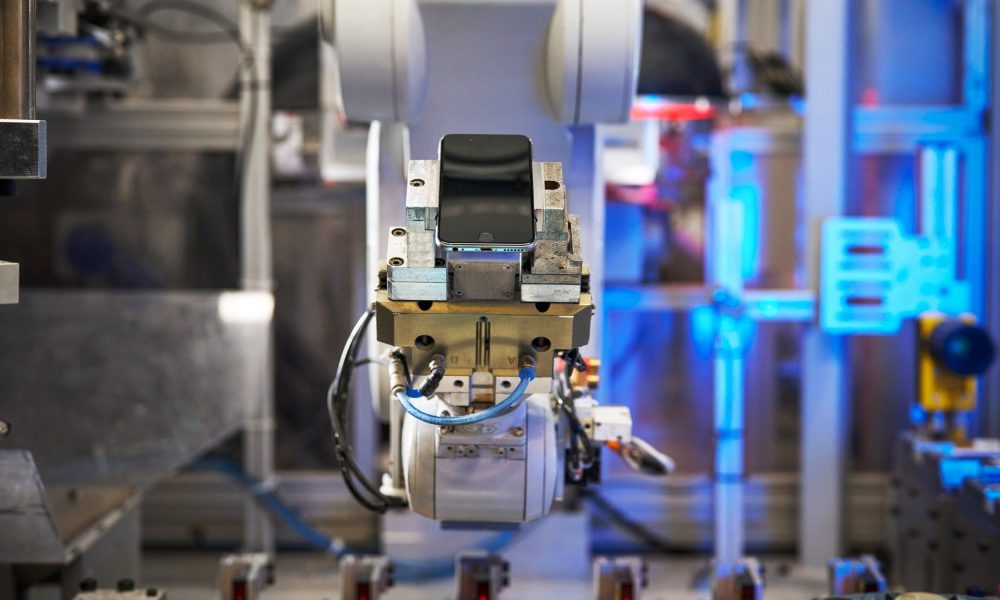The quick uptake of EVs is great news for climate action, but it’s causing a tricky dynamic for battery recyclers.
Batteries can last over a decade in a vehicle, and they can be in use for even longer if they end up getting a second life in stationary energy storage. So an EV battery won’t be ready to be recycled for at least around 15 years, in most cases. Looking back 15 years ago, in 2008, the Tesla Roadster had just started production, and the company made just a few hundred annually for the first couple of years. To put it mildly: there aren’t many EVs coming off the roads because of old age today, and there won’t be for a while.
So as the EV market continues to grow exponentially, there’s going to be a shortage of recycled materials. If all EV and phone manufacturers wanted to use only recycled cobalt, for example, there wouldn’t be enough to go around.
Production of batteries for EVs is booming: the global total of lithium-ion batteries produced for light-duty vehicles could top 12 million metric tons by 2030. Meanwhile, less than 200,000 metric tons of batteries from the same types of vehicles will be available for recycling by that date.
Despite that daunting gap, there are a couple reasons Apple can probably meet its pledge on recycled cobalt, says Hans Eric Melin, head of Circular Energy Storage, a consulting firm specializing in battery recycling.
For one, portable devices have been powered using lithium-ion batteries for decades. Thanks to your dad’s camcorder and your Motorola Razr flip phone from 2006, there’s at least some recycled cobalt floating around the market today.
And the economics of using recycled materials shake out to be pretty different for personal devices and cars. Because of its size, an EV battery can be nearly 40% of the cost of the vehicle, Melin says. That’s not the case with devices like a phone, so a company like Apple will probably be able to pay a bit more for recycled battery materials without affecting the price of the whole device.
So your iPhone in 2025 (by my math, that might be the iPhone 17) could be made using cobalt from recycled sources. Vehicles might take a bit longer: EV batteries are bigger, and there are fewer old ones ready for a new life. But we’re inching toward a world where we can reuse more of the materials in the technology we know and love.

